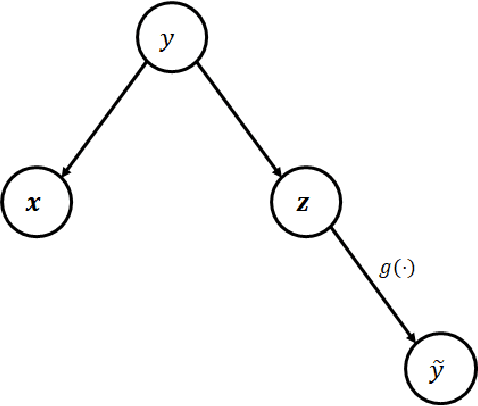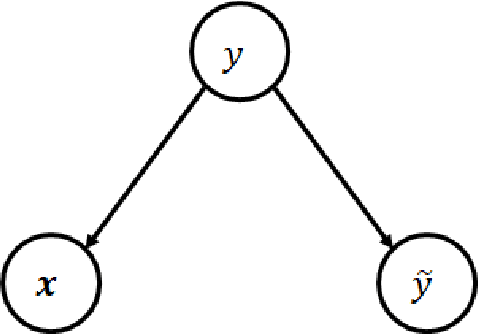Rashmi Kulkarni
Physics-Informed Data Denoising for Real-Life Sensing Systems
Nov 12, 2023Abstract:Sensors measuring real-life physical processes are ubiquitous in today's interconnected world. These sensors inherently bear noise that often adversely affects performance and reliability of the systems they support. Classic filtering-based approaches introduce strong assumptions on the time or frequency characteristics of sensory measurements, while learning-based denoising approaches typically rely on using ground truth clean data to train a denoising model, which is often challenging or prohibitive to obtain for many real-world applications. We observe that in many scenarios, the relationships between different sensor measurements (e.g., location and acceleration) are analytically described by laws of physics (e.g., second-order differential equation). By incorporating such physics constraints, we can guide the denoising process to improve even in the absence of ground truth data. In light of this, we design a physics-informed denoising model that leverages the inherent algebraic relationships between different measurements governed by the underlying physics. By obviating the need for ground truth clean data, our method offers a practical denoising solution for real-world applications. We conducted experiments in various domains, including inertial navigation, CO2 monitoring, and HVAC control, and achieved state-of-the-art performance compared with existing denoising methods. Our method can denoise data in real time (4ms for a sequence of 1s) for low-cost noisy sensors and produces results that closely align with those from high-precision, high-cost alternatives, leading to an efficient, cost-effective approach for more accurate sensor-based systems.
Model enhancement and personalization using weakly supervised learning for multi-modal mobile sensing
Oct 29, 2019



Abstract:Always-on sensing of mobile device user's contextual information is critical to many intelligent use cases nowadays such as healthcare, drive assistance, voice UI. State-of-the-art approaches for predicting user context have proved the value to leverage multiple sensing modalities for better accuracy. However, those context inference algorithms that run on application processor nowadays tend to drain heavy amount of power, making them not suitable for an always-on implementation. We claim that not every sensing modality is suitable to be activated all the time and it remains challenging to build an inference engine using power friendly sensing modalities. Meanwhile, due to the diverse population, we find it challenging to learn a context inference model that generalizes well, with limited training data, especially when only using always-on low power sensors. In this work, we propose an approach to leverage the opportunistically-on counterparts in device to improve the always-on prediction model, leading to a personalized solution. We model this problem using a weakly supervised learning framework and provide both theoretical and experimental results to validate our design. The proposed framework achieves satisfying result in the IMU based activity recognition application we considered.
 Add to Chrome
Add to Chrome Add to Firefox
Add to Firefox Add to Edge
Add to Edge